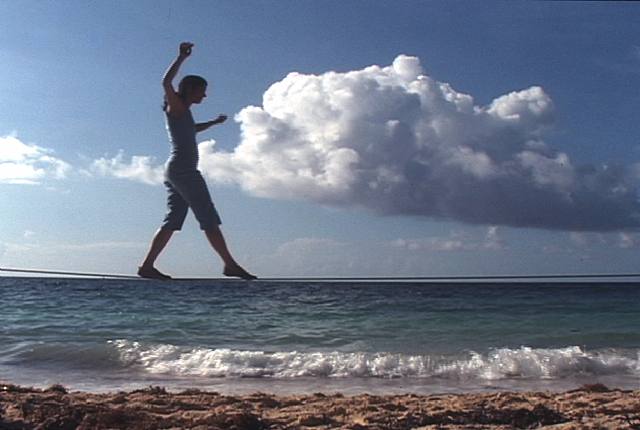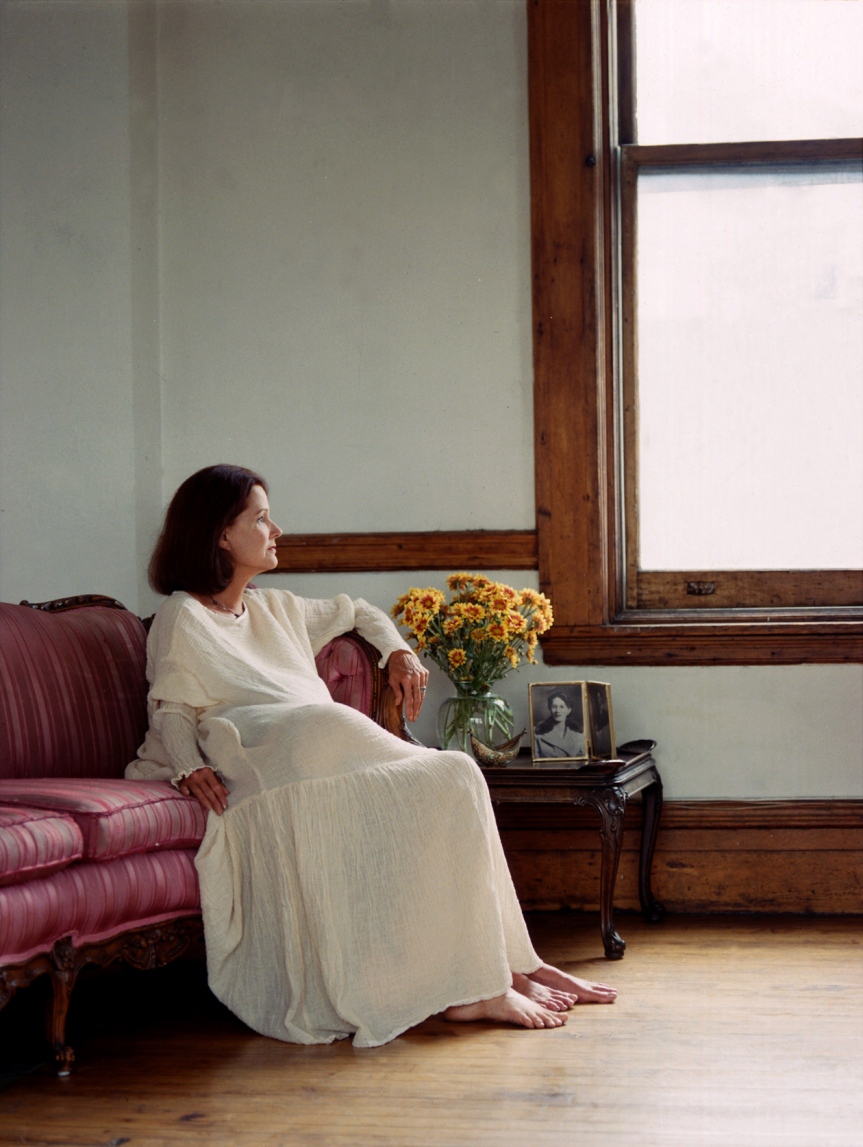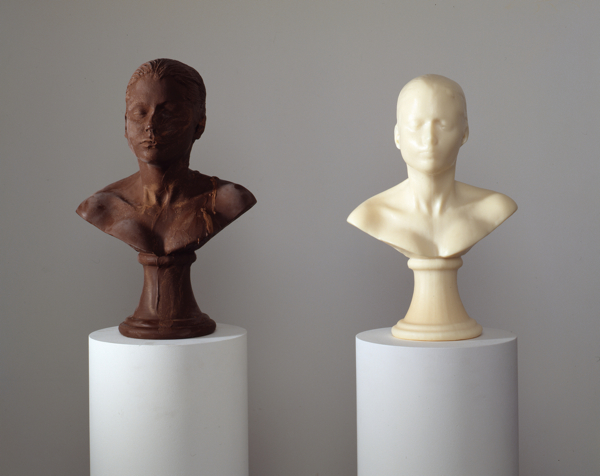“Dave Dyment is a Toronto-based artist whose practice includes audio, video, photography, performance, writing and curating, as well as the production of artists’ books and multiples. His work mines pop culture for shared associations and alternate meanings, investigating the language and grammar of music, cinema, television, and literature, in order to arrive at a kind a folk taxonomy of a shared popular vocabulary.”
(source: MKG127)
Nothing Else Press

“Founded by Dave Dyment and Roula Partheniou about a decade ago, The Nothing Else Press sporadically publishes artists’ books, multiples and editions. To date, we have published work by Jonathan Monk, David Shrigley, Paul Butler, Alex Snukal, Ken Nicol, Micah Lexier, Michael Dumontier, Karen Azoulay, Colleen Savage, Neil Farber, Kelly Mark and Vanessa Maltese. Forthcoming editions include Jon Sasaki, Dean Baldwin, Cary Leibowitz, Maurizio Nannucci, Jimmy Limit and Lee Ranaldo.”
(source: dave-dyment.com)
A Drink to Us [When We’re Both Dead] (2008 – 2108)
“Working with the staff at the Glenfiddich Distilleries, Dyment created a reinforced barrel, filled it with uncut spirit and buried it in Warehouse 8, among large stones from the river Fiddich. It will be excavated in 2108. This whisky is being pre-sold now, though it will not be available to drink for 100 years. Buyers will receive an extruded wood casket housed in a linen box, a map of the warehouse, a small diary documenting the process, and a contract to pass on to their descendants to collect the whisky in a hundred years time.”
(source: MKG127)



























You must be logged in to post a comment.